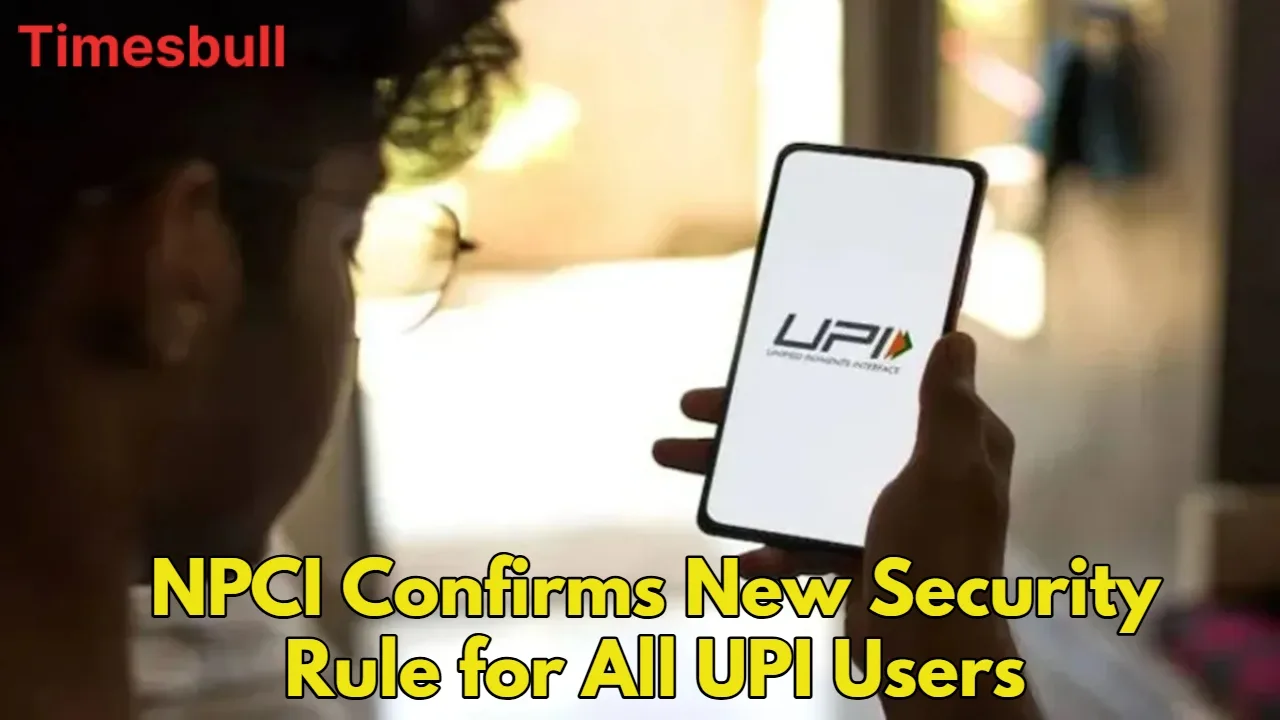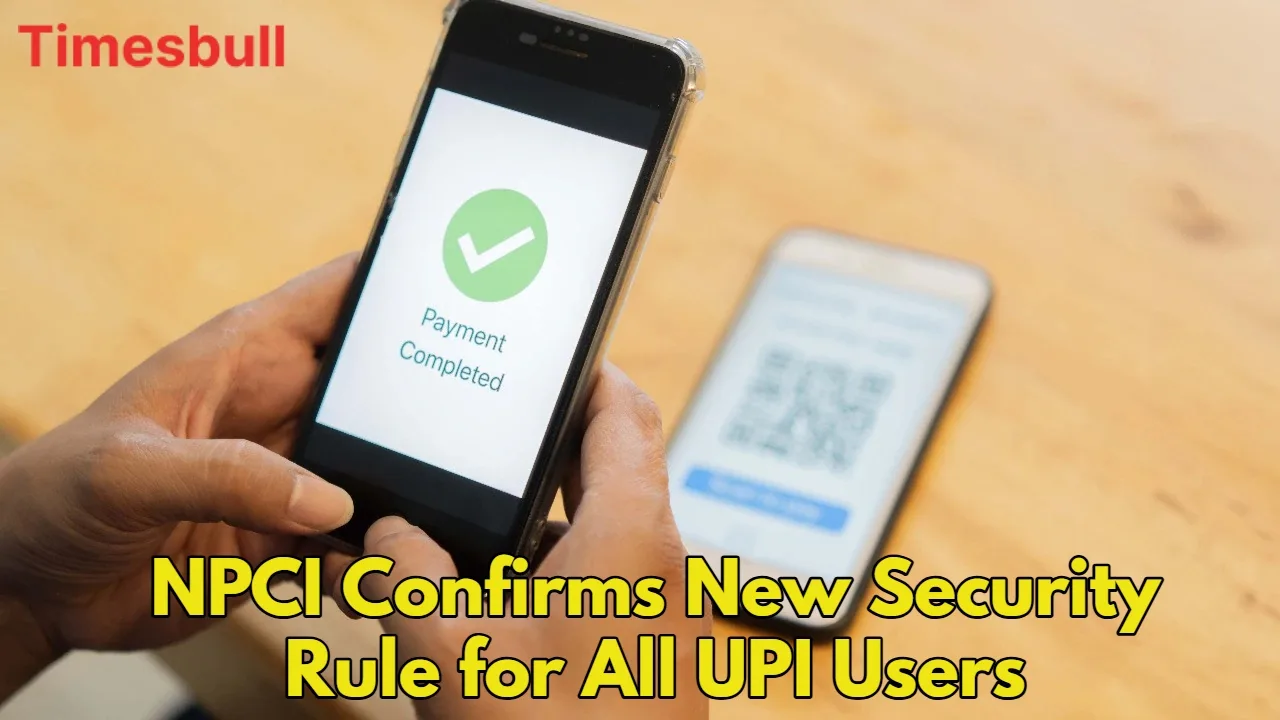The country is constantly moving towards Digital India, and the role of UPI (Unified Payments Interface) has been very important in this. Every day, millions of people make their small and big payments through UPI. Its speed and simplicity have made it very popular.
But it is often seen that due to a small mistake, money goes to the wrong account, which becomes difficult to get back. To solve this serious problem, the National Payments Corporation of India (NPCI) has taken an important and revolutionary step. This new rule will make UPI transactions even more secure and reliable.

Know how it will work
NPCI has issued a new rule, according to which now when a person sends money through UPI, the same name of the recipient will appear on the transaction screen, which is recorded in the bank’s records (Core Banking System – CBS).
Till now, many people used to send money by looking at the name or number saved in their mobile, due to which there was a possibility of fraud or mistake. The new rule will remove this confusion and ensure that the money reaches the right person.
This rule will specifically apply to P2P (person to person) and P2PM (person to merchant) transactions. Its purpose is to provide more security and transparency to UPI users. When the user sends money to someone, he will see the name of the real account holder before the transaction, so that he can decide who to send the money to. This will improve the user experience and reduce mistakes.
When will NPCIs new rule come into effect

This rule will come into effect across the country on June 30, 2025. All UPI platforms like Google Pay, PhonePe, Paytm, and BHIM will have to incorporate this change in their system. Nevertheless, if a transaction is mistakenly made to the wrong account, the user should immediately contact the concerned person.
If the money is not returned, complain to the bank and call NPCI’s helpline 1800-120-1740 or visit their website and register a complaint. This change will not only make transactions secure but will also increase the trust of the general public in digital payments. This will prove to be a milestone in making India digitally empowered.
